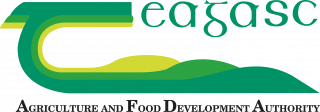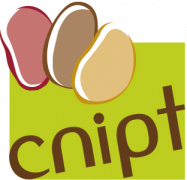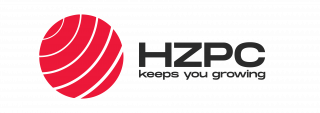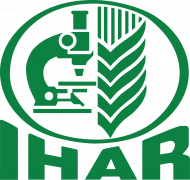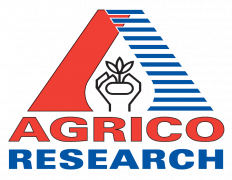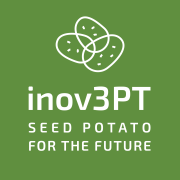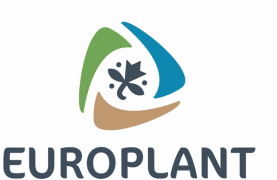Potato (Solanum tuberosum L.) peels are a significant source of bioactive compounds that offer various health benefits. In this study, the primary and secondary metabolites present in potato peels, including phenolic compounds, flavonoids, sugars, amino acids and proline, were estimated using various methods, with confirmation through UV–Visible spectrophotometry. The highest concentrations of phenolic compounds, flavonoids and amino acids were found in the aqueous extract, while the lowest levels of these metabolites were detected in the n-hexane extract. The antibacterial activity of the potato peel extracts was also evaluated against human pathogenic bacteria. The n-hexane extract exhibited the largest zone of inhibition against Salmonella typhi, compared to the aqueous extract. GC–MS analysis of the n-hexane extract was conducted to identify metabolites responsible for the observed antibacterial activity. The analysis revealed the presence of 84.48% phthalate derivatives in the n-hexane extract, which demonstrated strong antibacterial potential against the typhoid-causing bacteria. These phthalate derivatives were identified as potent compounds with activity against Salmonella typhi. This finding suggests that phthalate derivatives could serve as a promising basis for the development of novel therapeutic agents for typhoid, warranting further experimental validation and drug design.
Full publication URL

